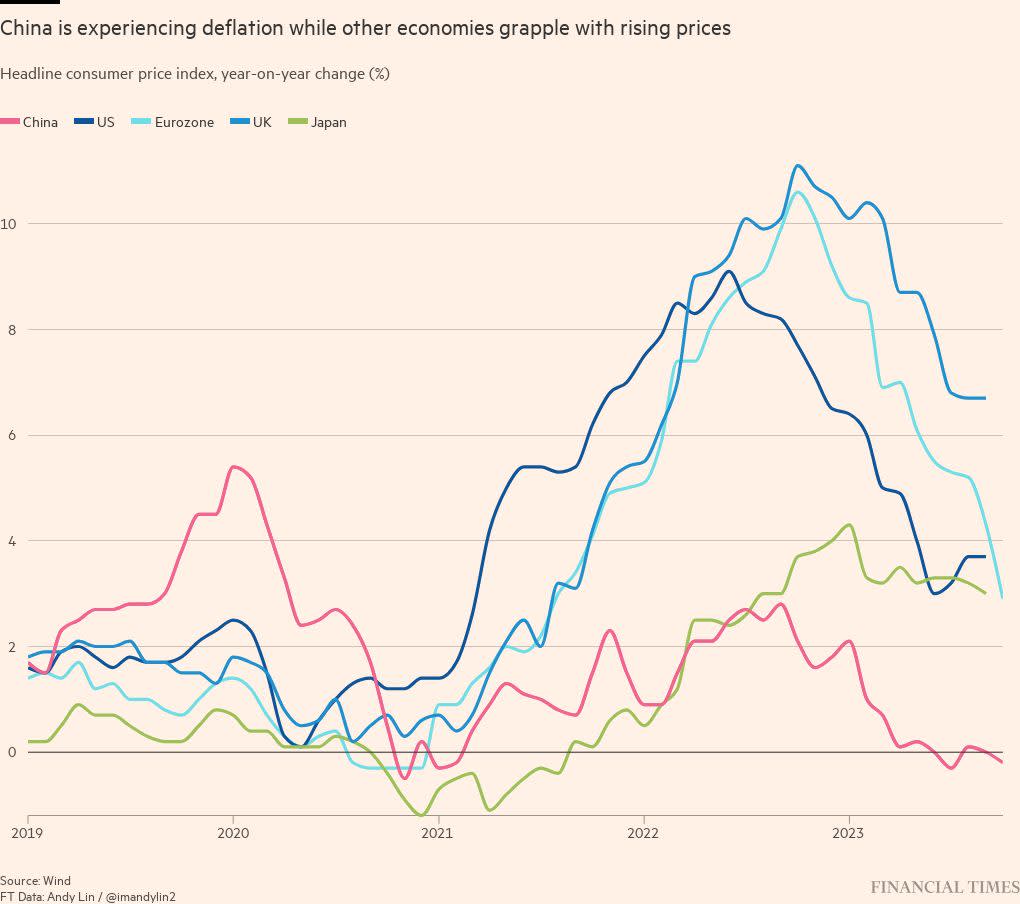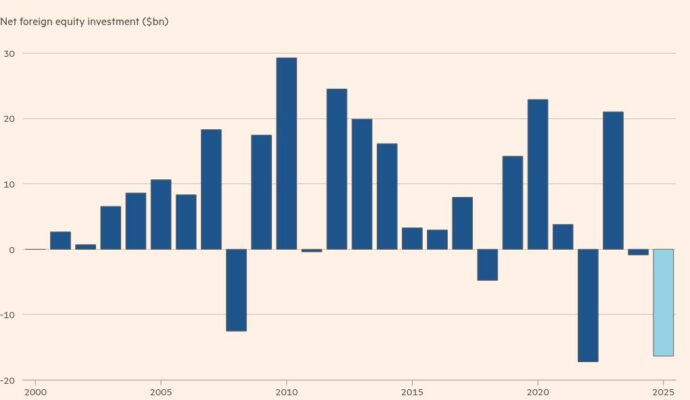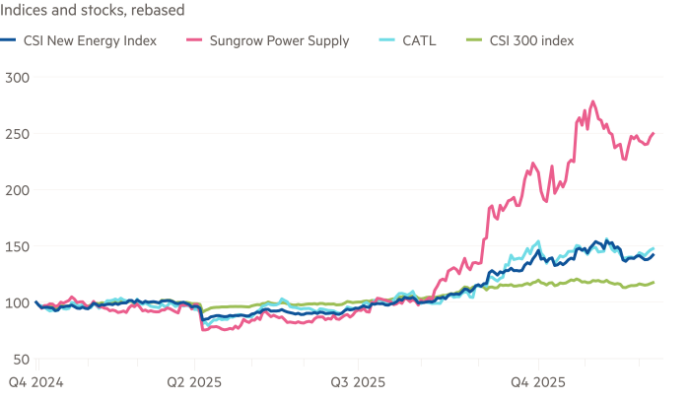Stay informed with free updates
Simply sign up to the Chinese economy myFT Digest — delivered directly to your inbox.
China’s economy edged back into deflation last month, spurred by falling pork prices, as policymakers struggled to reignite domestic demand in the midst of a rolling property sector crisis and following the end of strict pandemic controls early this year.
The consumer price index fell 0.2 per cent in October year on year, data from the National Bureau of Statistics showed on Thursday, compared with a 0.1 per cent fall forecast by a Reuters poll of analysts. The CPI was unchanged in September.
Producer prices fell for a 13th consecutive month, dropping 2.6 per cent year on year, against a 2.7 per cent decline forecast by economists, and following a 2.5 per cent contraction in September.
The NBS said the price of livestock and meat fell 17.9 per cent overall, driven by a 30.1 per cent decline in pork prices.
Chinese market reaction was muted on Thursday, with the CSI 300 of Shanghai- and Shenzhen-listed stocks flat and renminbi weakening 0.1 per cent against the dollar after the data release.
China’s economy has shown mixed signs of recovery in recent months, leading economists to debate whether it will hit the government’s official gross domestic product growth target of 5 per cent for this year, the lowest in decades. Prices fell into negative territory in July before edging back into growth in the months that followed.
The IMF this week upgraded its forecast to 5.4 per cent, citing stronger support from policymakers, who have been easing monetary policy and restrictions on property purchases and mortgages to try to stabilise the real estate market.
Analysts have blamed low consumer confidence for the economy dipping back into deflation, but falling pork prices aggravated the trend in October. Live hog futures traded on China’s Dalian Commodity Exchange have dropped about 15 per cent this month.
The pork price in China, the world’s largest producer and consumer, follows boom and bust cycles, with oversupply leading to large price falls and causing CPI volatility.
Other recent indicators have painted a mixed picture of the economic recovery. China’s exports dropped 6.4 per cent in dollar terms in October compared with the same period a year earlier, the sixth consecutive month of declines and worse than the 3 per cent fall forecast by a Reuters survey of analysts. Manufacturing activity also contracted in October.
One positive sign from the trade data was China’s imports, which expanded year on year for the first time since February, rising 3 per cent.
Economists argue the government needs to do more to stimulate domestic consumption and lift flagging demand in the economy.
Beijing has announced a Rmb1tn ($137bn) bond to fund local government disaster relief and flood controls, but this is seen as aimed at supporting growth next year.
While the economy in 2023 has benefited from a low base effect of a year earlier, when Covid-19 controls depressed activity, next year could prove more challenging for GDP growth unless the recovery gains more traction, analysts have warned.
Additional reporting by Hudson Lockett in Hong Kong



